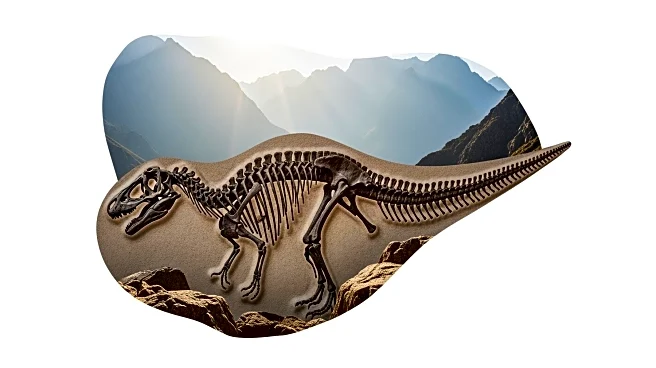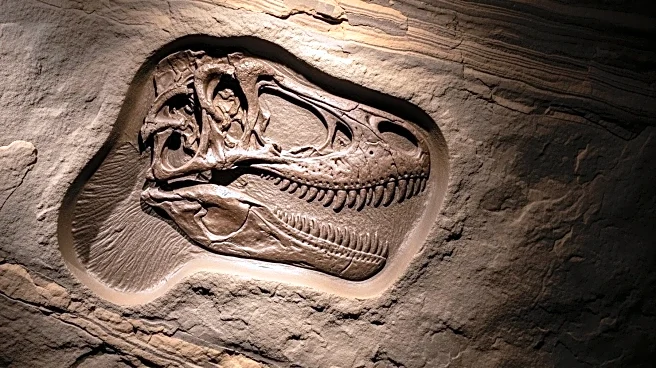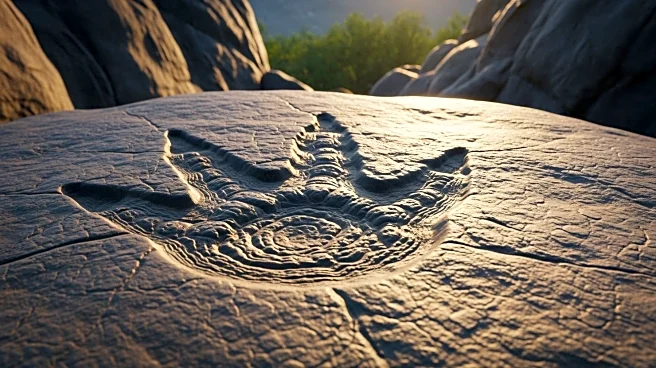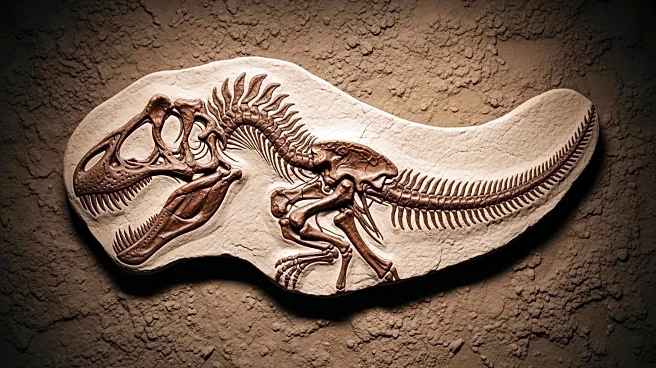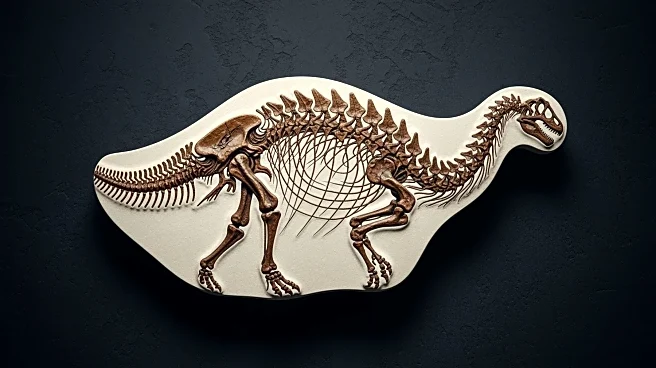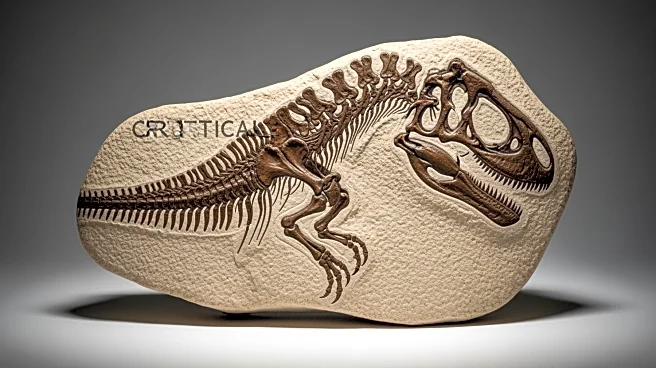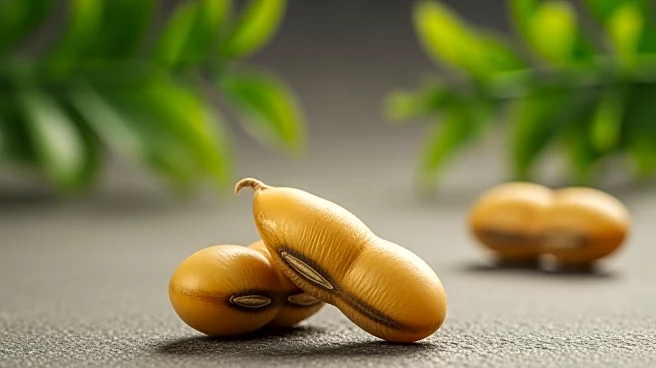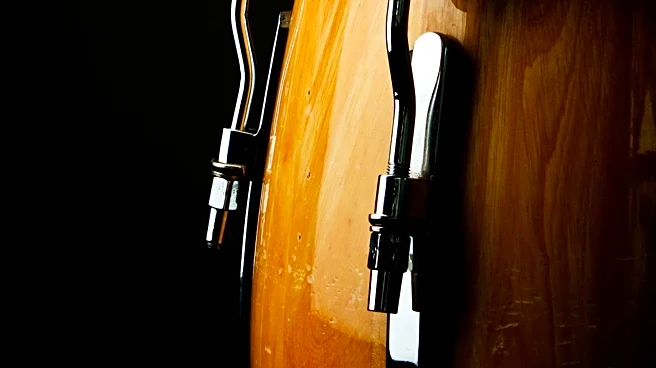What's Happening?
Argentinian scientists have uncovered fossilized remains of one of the world's oldest dinosaur species in the Andes Mountains. The discovery, led by a paleontological team from the CONICET research agency,
includes an almost complete skeleton of a small long-necked reptile named Huayracursor jaguensis. Found at an altitude of 3,000 meters in Argentina's northwest, the fossil includes parts of the skull, a complete vertebral column, and nearly intact forelimbs and hindlimbs. The species is estimated to have lived between 230 and 225 million years ago, during the late Triassic period, a time when the first dinosaurs and mammal ancestors began to appear. The findings, published in Nature magazine, are expected to contribute significantly to evolutionary studies.
Why It's Important?
This discovery is significant as it provides new insights into the early evolution of dinosaurs. The Huayracursor jaguensis, being one of the oldest known dinosaur species, offers a rare glimpse into the characteristics and adaptations of early dinosaurs. The research could enhance understanding of the evolutionary pathways that led to the diverse range of dinosaur species that followed. Additionally, the find underscores the rich paleontological potential of the Andes region, which could lead to further discoveries that might reshape current scientific narratives about prehistoric life.
